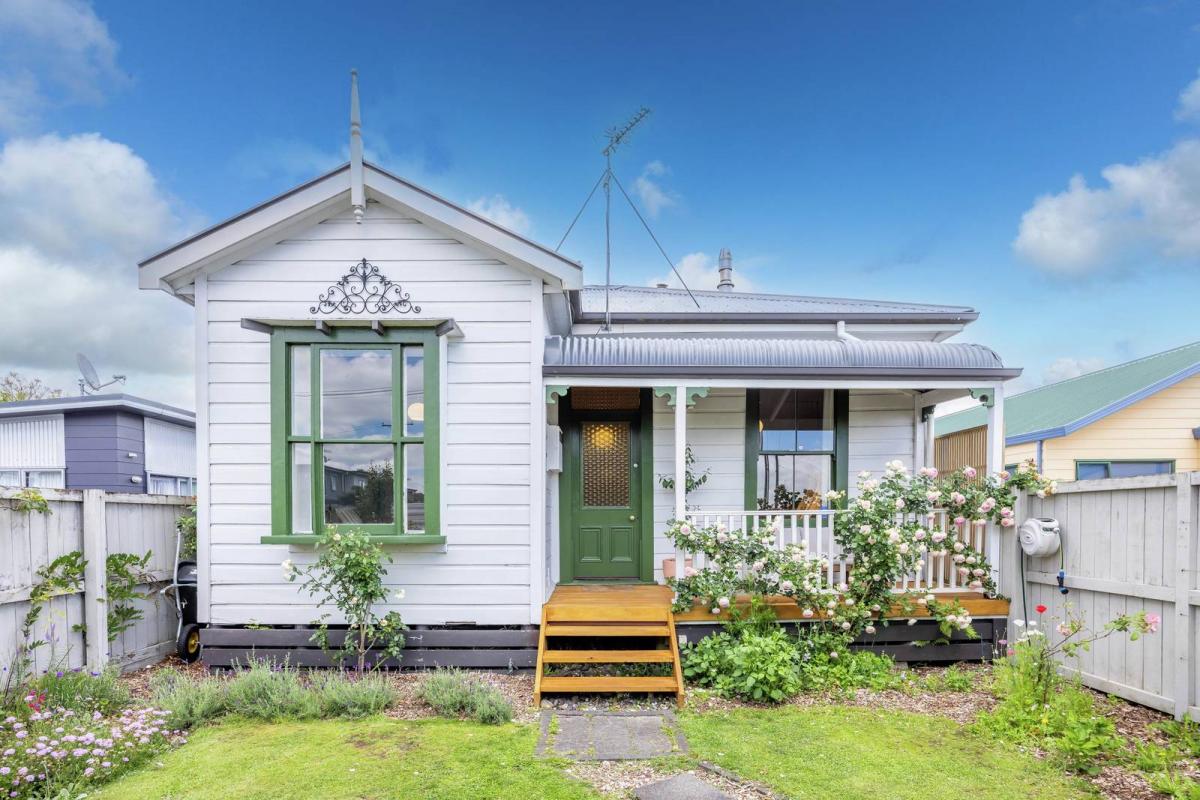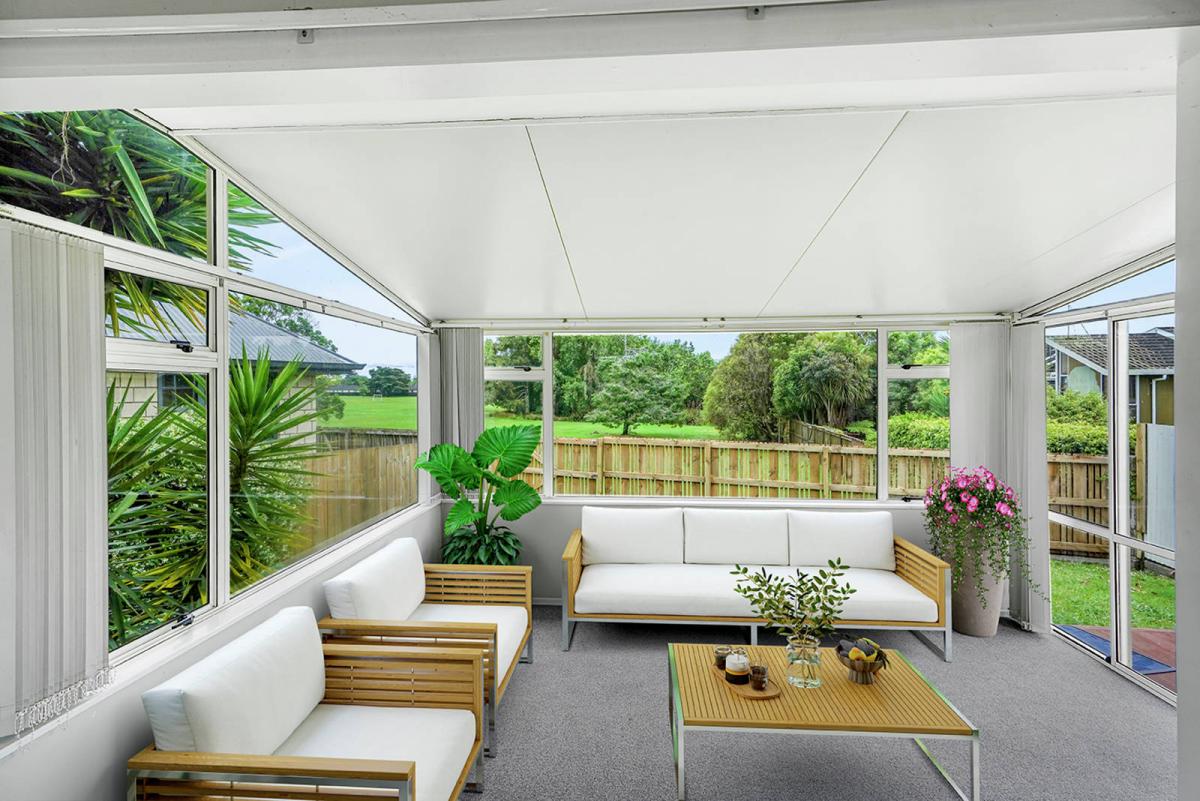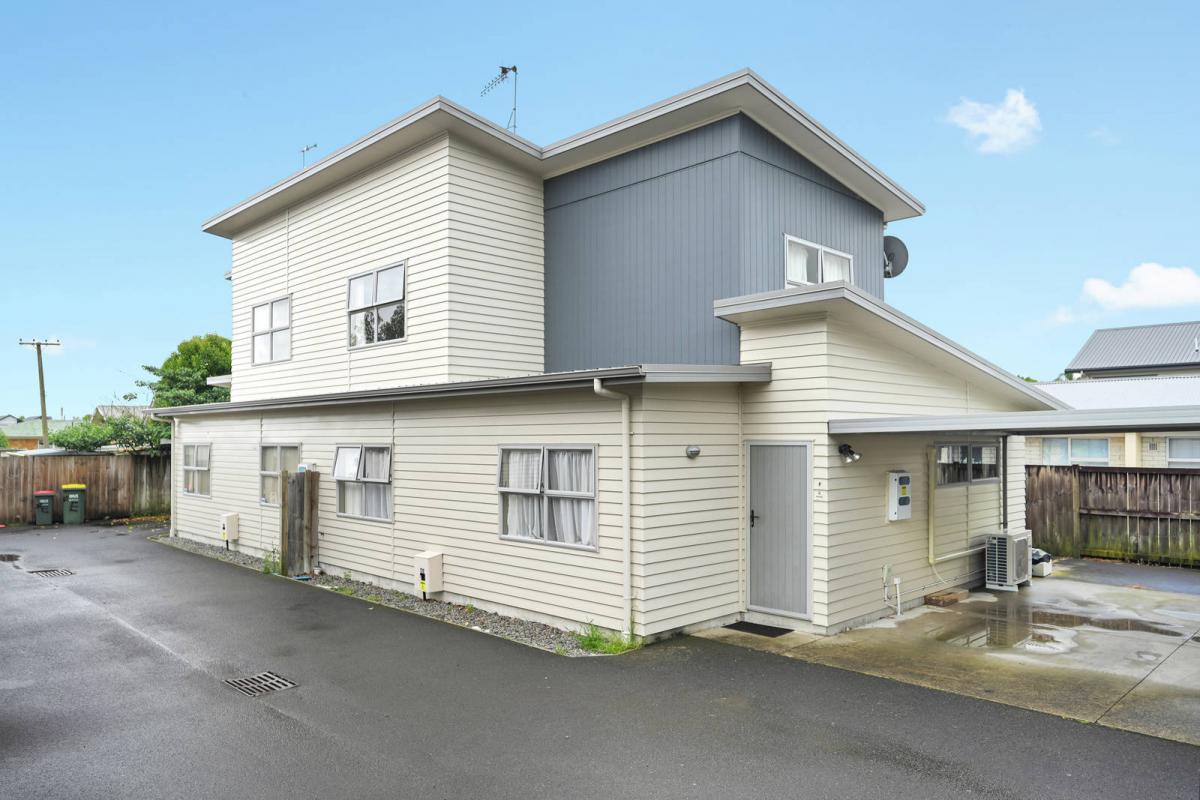How to Get an Extra-Clean House for Allergy Sufferers
If you live with someone allergic to dust mites, mould, pollen, pet hair or any one of the hundreds of allergens in household products, clean is not enough. A house needs to be extra-clean and allergen-proof to help make allergy sufferers as comfortable as possible. The alternative is sneezing, wheezing, coughing and watery eyes, all brought on by the presence of irritants that you can keep at bay with some extra attention.
Here’s how to get on top of some common irritants at your place:
1. Use allergy-friendly products
• Avoid using aerosol sprays as they are a common trigger for asthma sufferers. Even if you’re not standing near anyone, the high-pressure mist that the aerosol omits means the contents can spread a long way.
• Try to use environmentally-friendly products – what’s good for the environment is often better for us too.
• Avoid using products that contain harsh chemicals like ammonia, formaldehyde and sodium lauryl sulphate. Hunt out products that are free from these irritants or make your own natural cleaning products.
2. Keep a dust-free bedroom
It’s the dust mite droppings that many people react to (and news that there is dust mite poo in our bedding causes a reaction in the rest of us!). To keep bedding really clean, you will need to wash all bed linen regularly, preferably weekly. A man-made fibre like polyester is less likely to trap dust than natural fibres like cotton or linen.
Use a hypoallergenic mattress topper, duvet inner-cover and pillow protector and wash these at least monthly and replace them annually.
Keep stuffed animals to a minimum and wash those that remain regularly. Pull the bed out and vacuum underneath at least once a week, preferably daily. Don’t forget to dust side tables and vacuum underneath those as well.
3. Vacuum daily
Wooden or tiled floors are much easier to keep dust-free, but if you have carpet, a daily vacuum, especially in bedrooms, is a must. Use a vacuum cleaner made especially for allergy-sufferers – most will be fitted with HEPA filtration and powerhead.
Make sure you vacuum around the skirting boards and in crevices and vacuum around all beds at least twice. Empty canisters or vacuum bags regularly, sealing the bag well before disposal.
4. Use an air purifier
Even if you are taking the precautions outlined above, there will still be plenty of dust in your house – in fact some studies show that air pollution such as allergens and pollutants can be present in higher levels inside the home than outside! Air purifiers work to filter the allergens and pollutants from the air and improve the air quality.
5. Empty bins daily
The rubbish bin can omit toxins without you even realising, and they are a breeding ground for mould and germs. Empty bins every evening and disinfect with a hospital grade solution before lining with a plastic bag.
6. Beat doormats every day
Pollen and dust are tracked into our home constantly. Make sure you have a doormat on the outside and inside at every entry point to your home and shake these out regularly. Vacuum each indoor mat when you do your daily vacuum run. It’s a good idea to place a mat in the doorway of an allergy-sufferers bedroom for extra protection. Better yet, leave shoes outside.
7. Inspect for mould weekly
Mould is a common allergy trigger and its present absolutely everywhere. Don’t give it a chance to breed – wipe away small mould patches as soon as you find them with a paper towel and throw the paper towel in an outside bin. You can use a solution of three cups of water to five drops of Oil of Cloves (find it at your pharmacy) in a spray bottle to kill mould spores and prevent mould from growing. Make sure you test for an allergy to Oil of Cloves first, of course! Tea tree oil is also a good antiseptic against mould – a teaspoon of oil to a cup of water wiped over mould-prone surfaces should do the trick.
Keep reading: www.curtainclean.co.nz...

‘Huge potential’ for Te Rapa Racecourse site if sale goes ahead
If the races gallop off to Tamahere, “exciting things” could happen with the sizeable city site they leave behind, property experts say.
On Tuesday, the Waikato Times revealed Waikato Thoroughbred Racing’s (WTR) plans to buy 150ha of farmland south of Hamilton to house the region’s three racing clubs at a new purpose-built racecourse and event centre.

Scam Alert: Fake information regarding December Bonuses from MSD
The Ministry of Social Development is reporting that fake information is circulating about new ‘December bonuses’ or ‘benefit increases’
If you get suspicious communication, please contact Netsafe.

Some Choice News!
Many New Zealand gardens aren’t seeing as many monarch butterflies fluttering around their swan plants and flower beds these days — the hungry Asian paper wasp has been taking its toll.
Thanks to people like Alan Baldick, who’s made it his mission to protect the monarch, his neighbours still get to enjoy these beautiful butterflies in their own backyards.
Thinking about planting something to invite more butterflies, bees, and birds into your garden?
Thanks for your mahi, Alan! We hope this brings a smile!

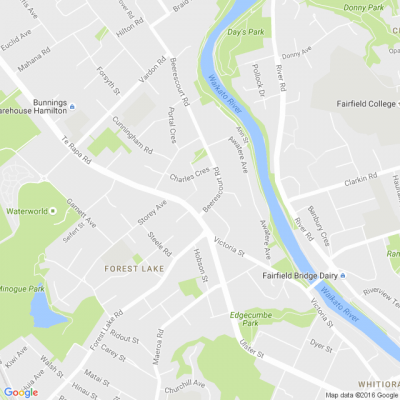
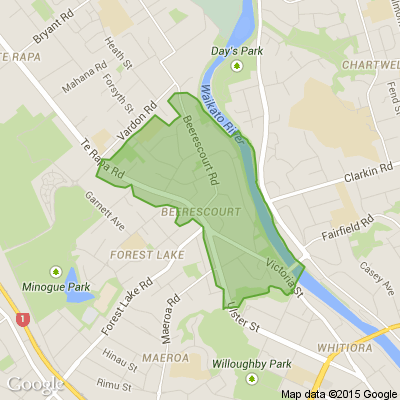




 Loading…
Loading…